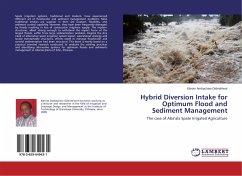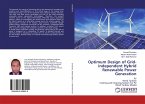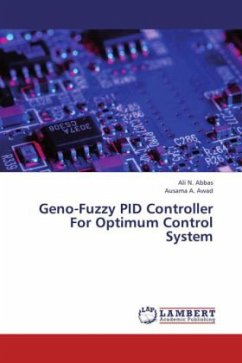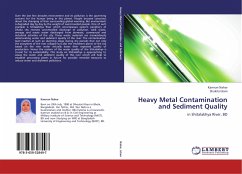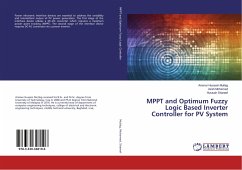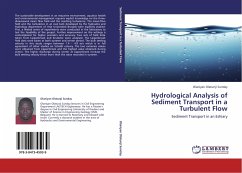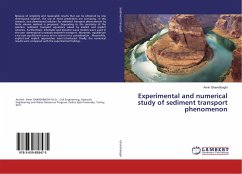Spate irrigation systems, traditional and modern, have experienced different set of floodwater and sediment management problems. Most traditional intakes are superior in their site location, flexibility, and sediment control capability. However, they have been frequently damaged by floods resulting in loss of consecutive irrigation supply. The modern structures, albeit strong enough to withstand the impact force of the largest floods, suffer from large sedimentation problem. Despite the dire need of alternative spate irrigation system layout, operational strategy and locally maintainable structures, efforts made to manage floodwater and control sedimentation had been structural. This book is mainly based on a practical oriented research conducted to evaluate the existing practices and identifying alternative options for optimum floods and sediments management in Aba'ala plains of Afar, Ethiopia.
Bitte wählen Sie Ihr Anliegen aus.
Rechnungen
Retourenschein anfordern
Bestellstatus
Storno

